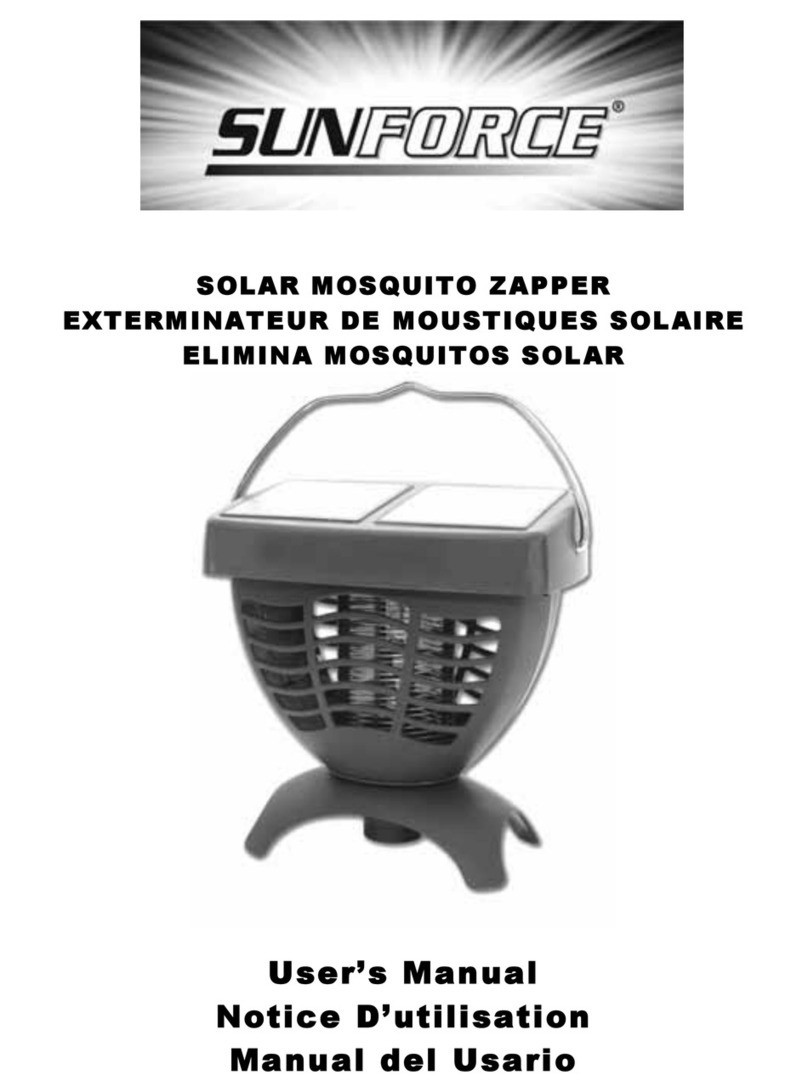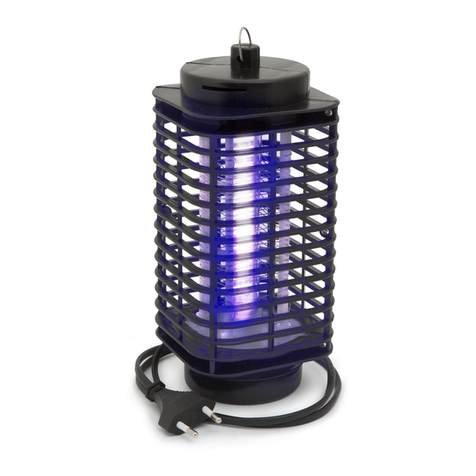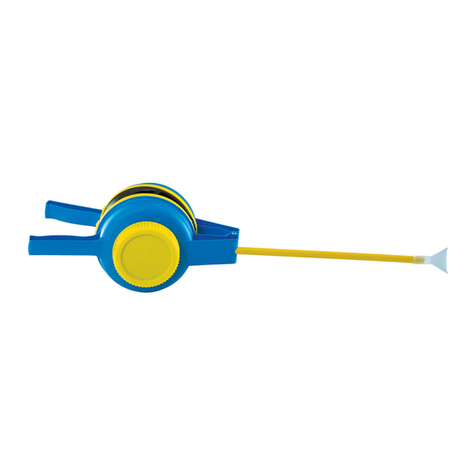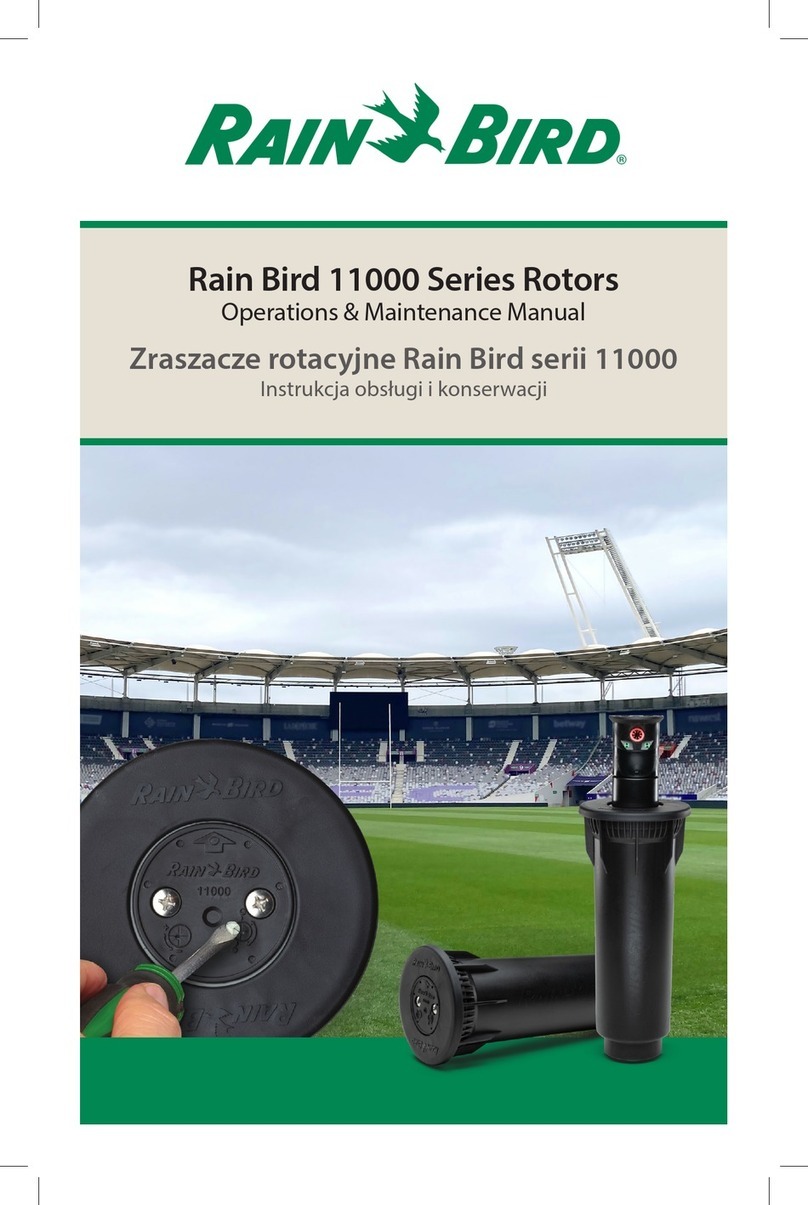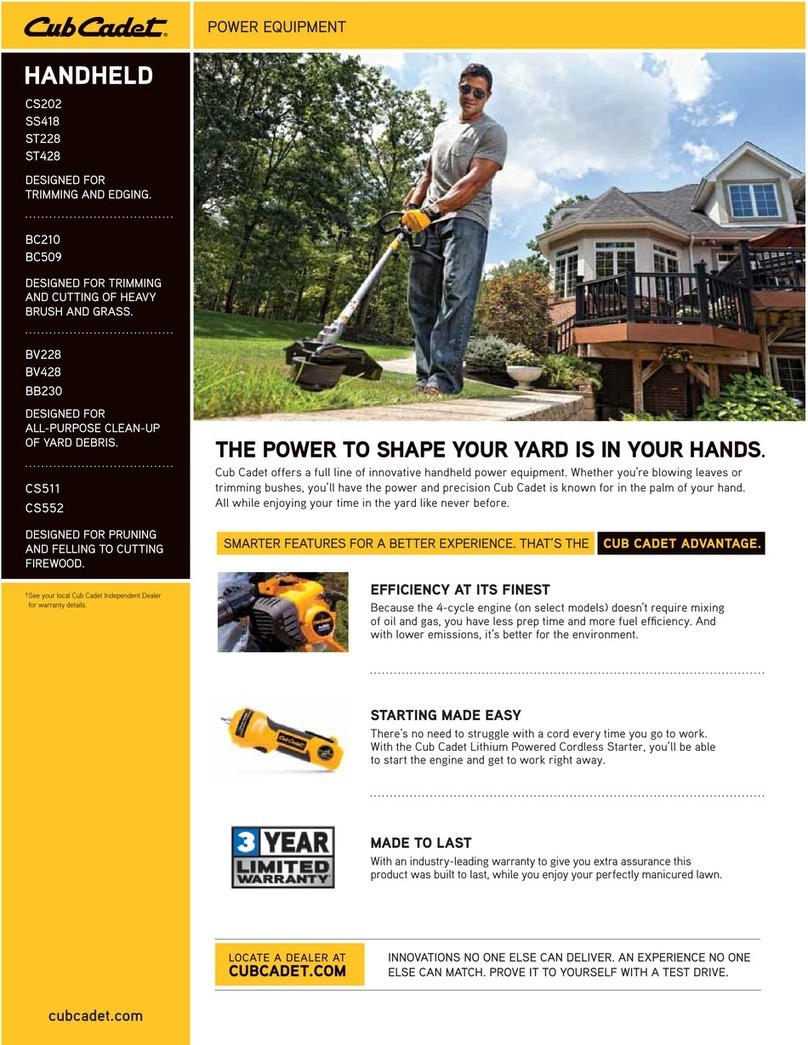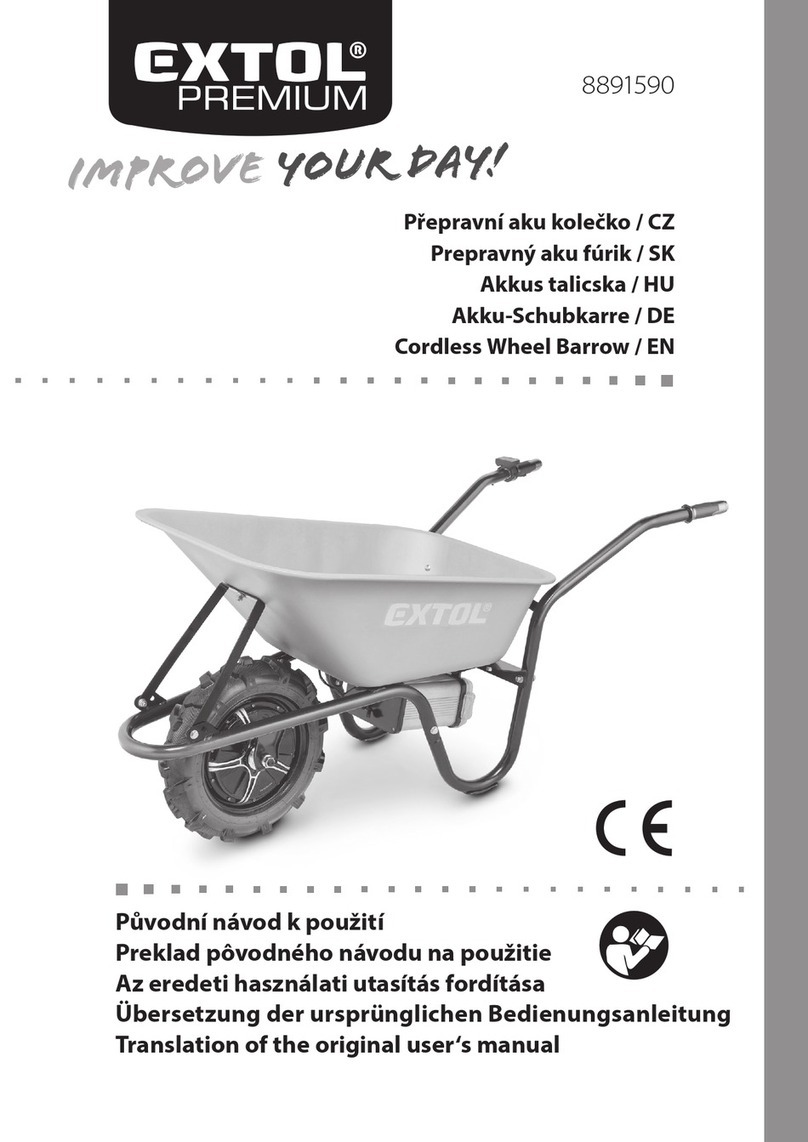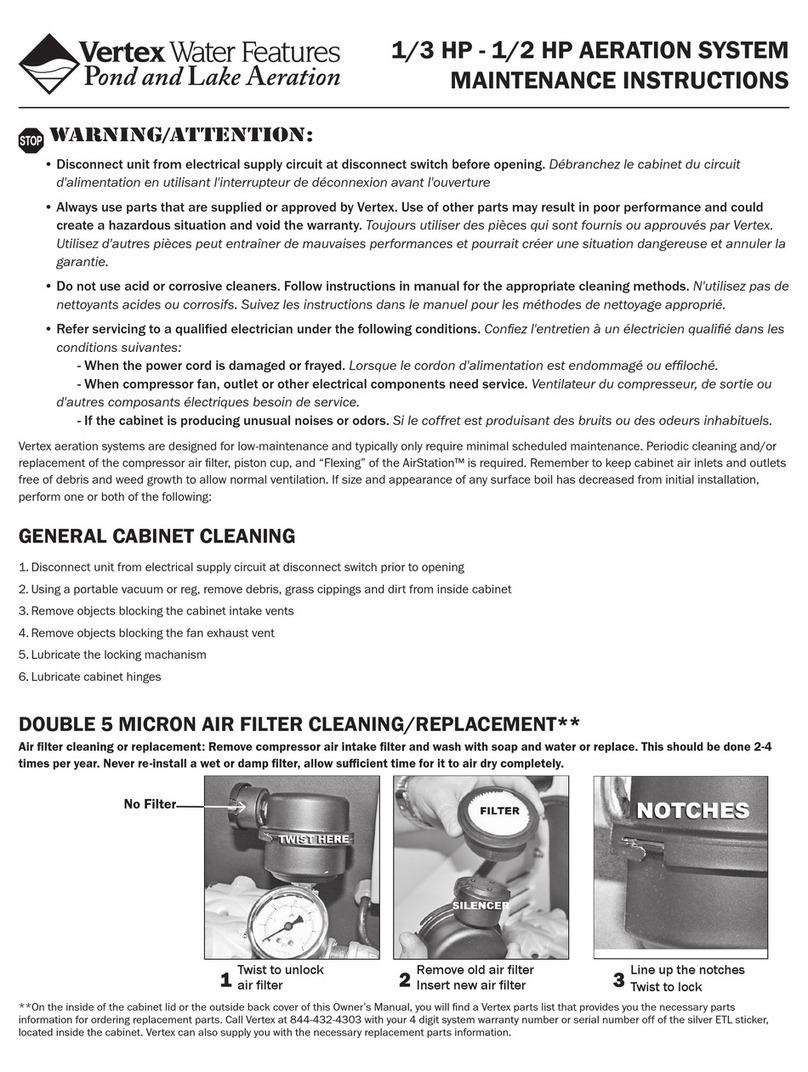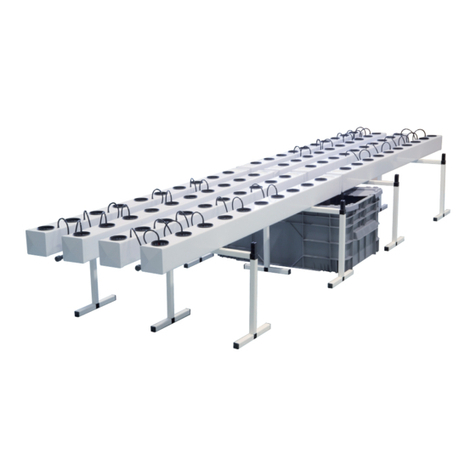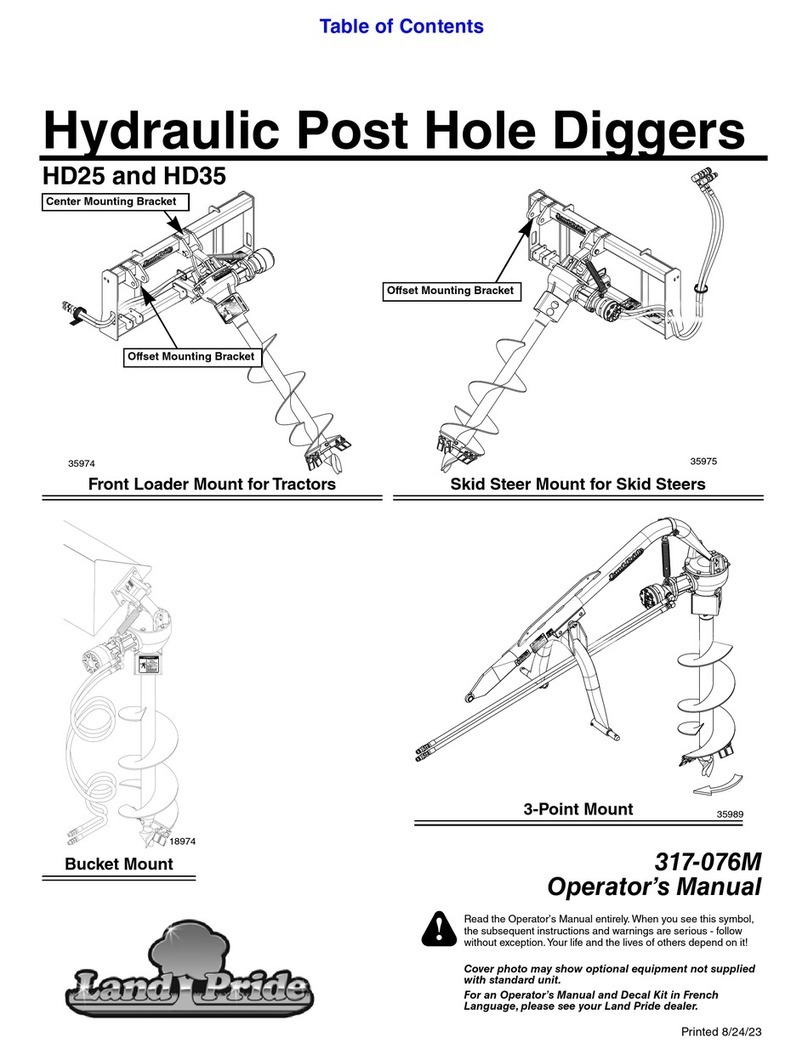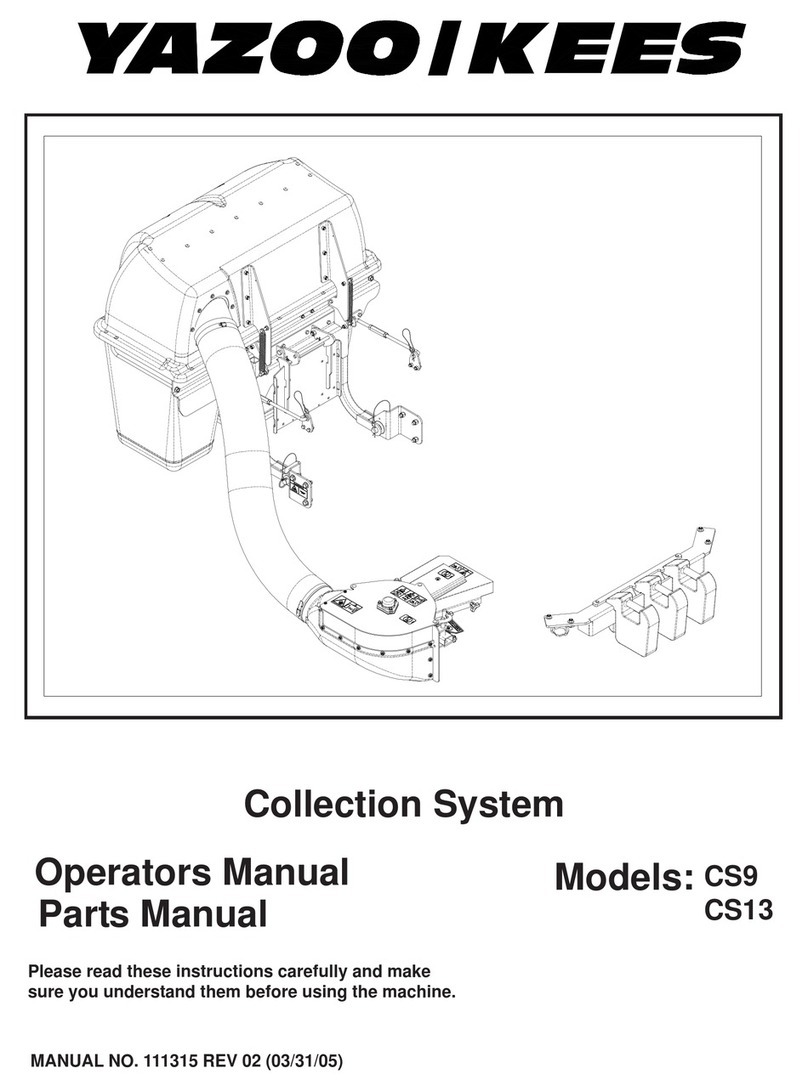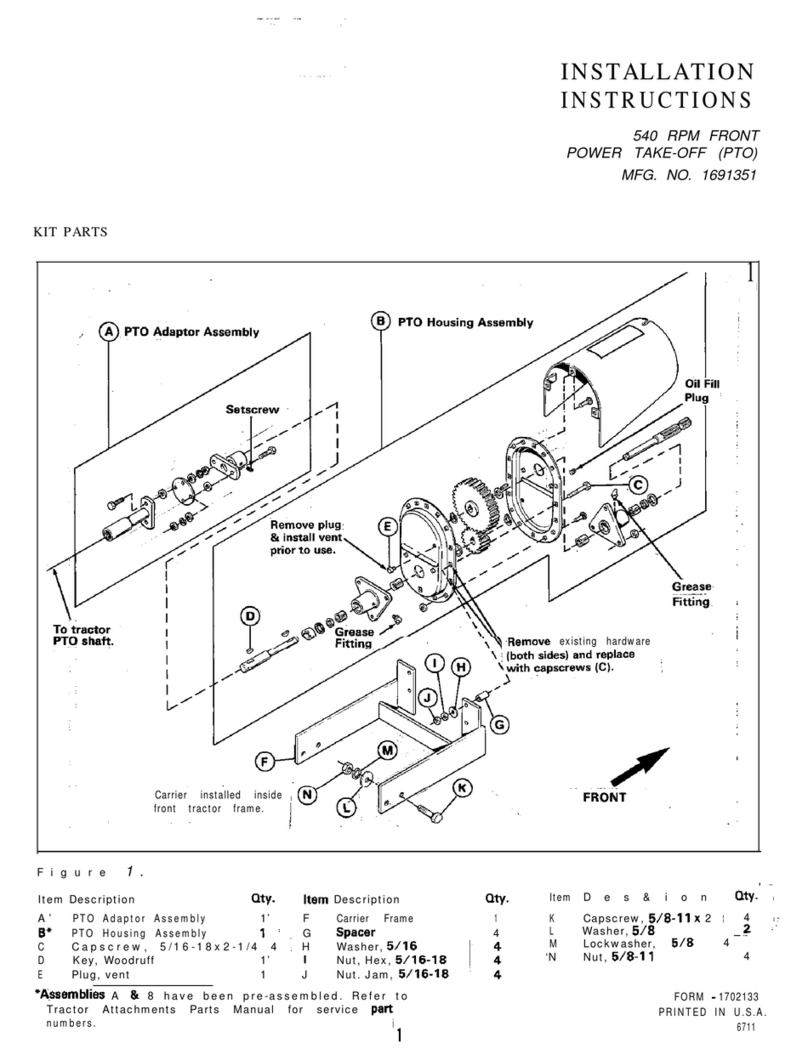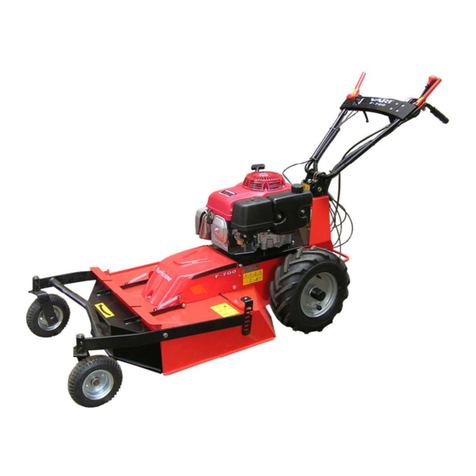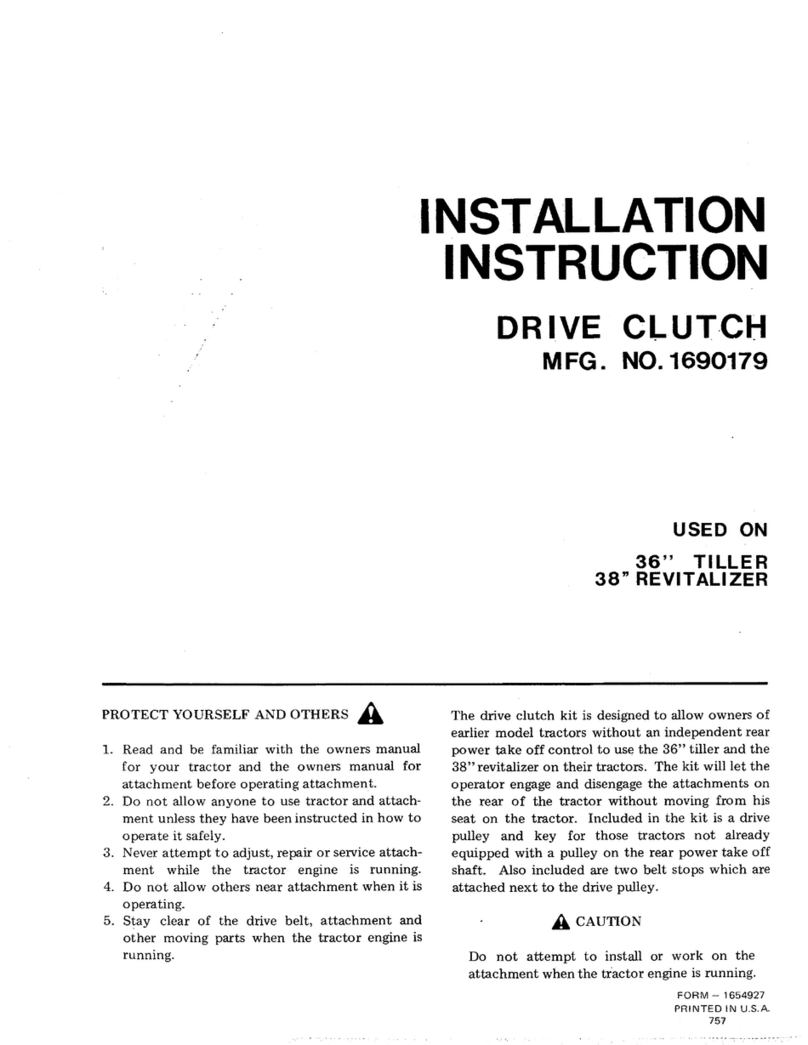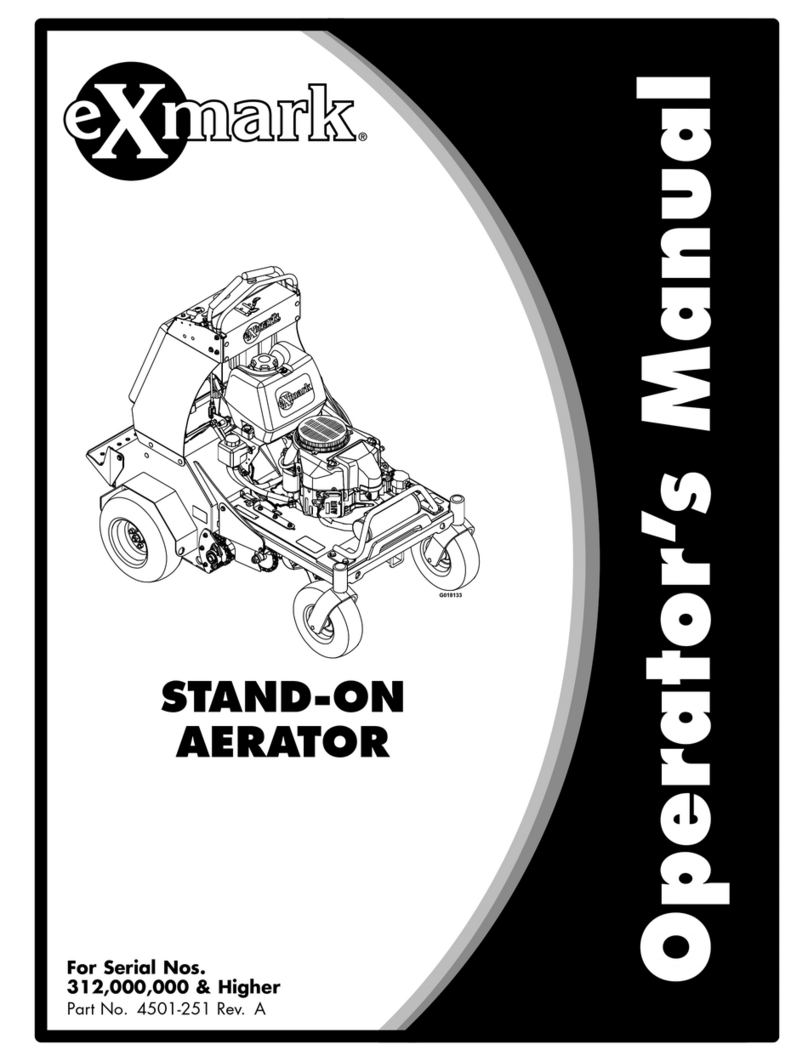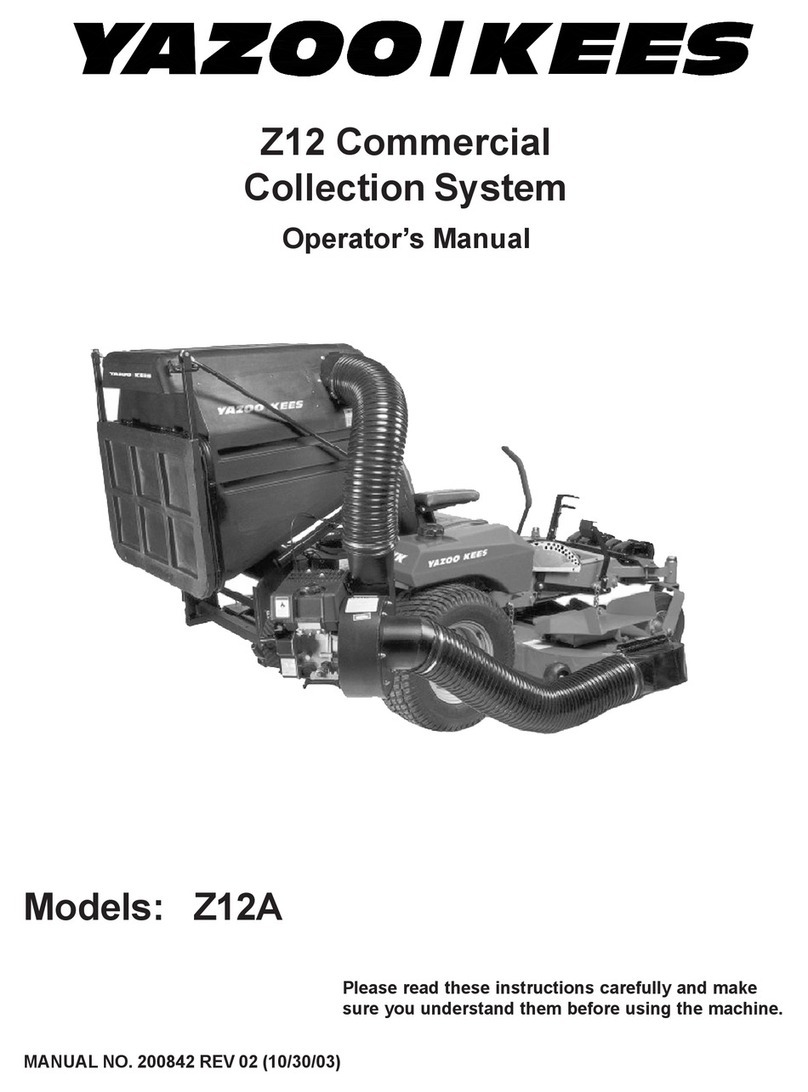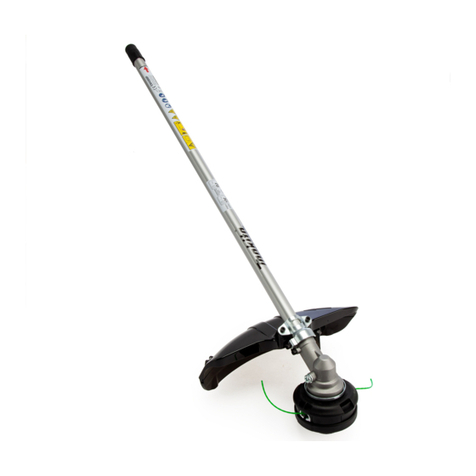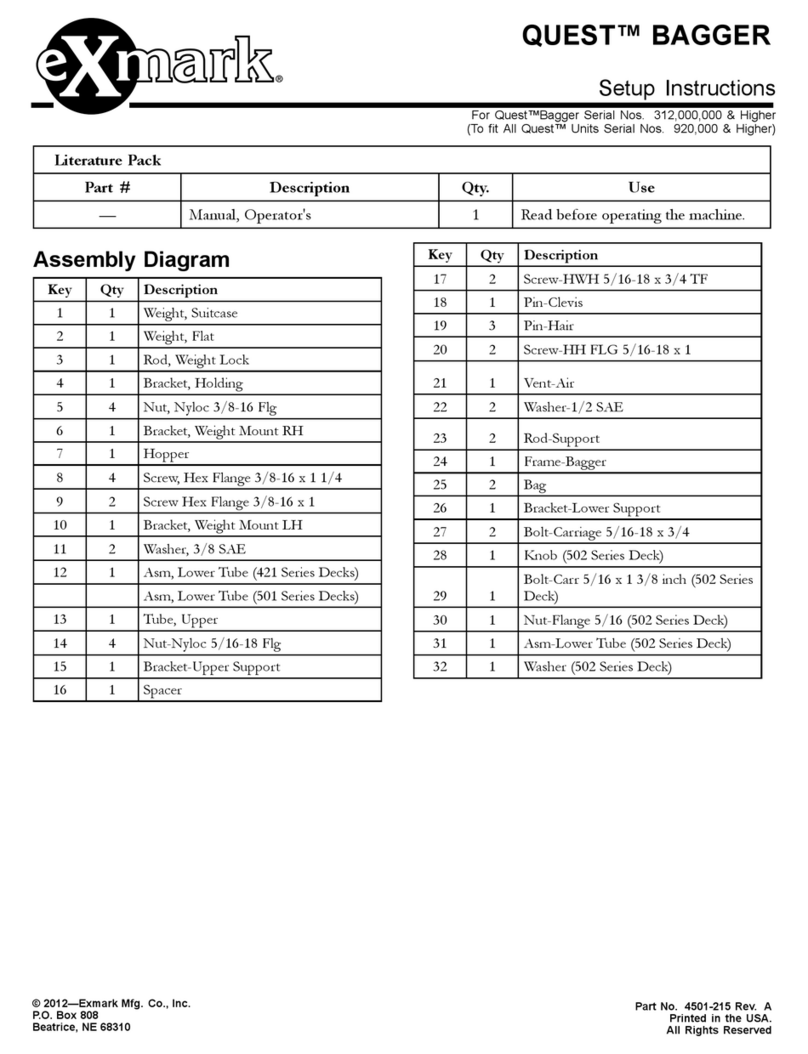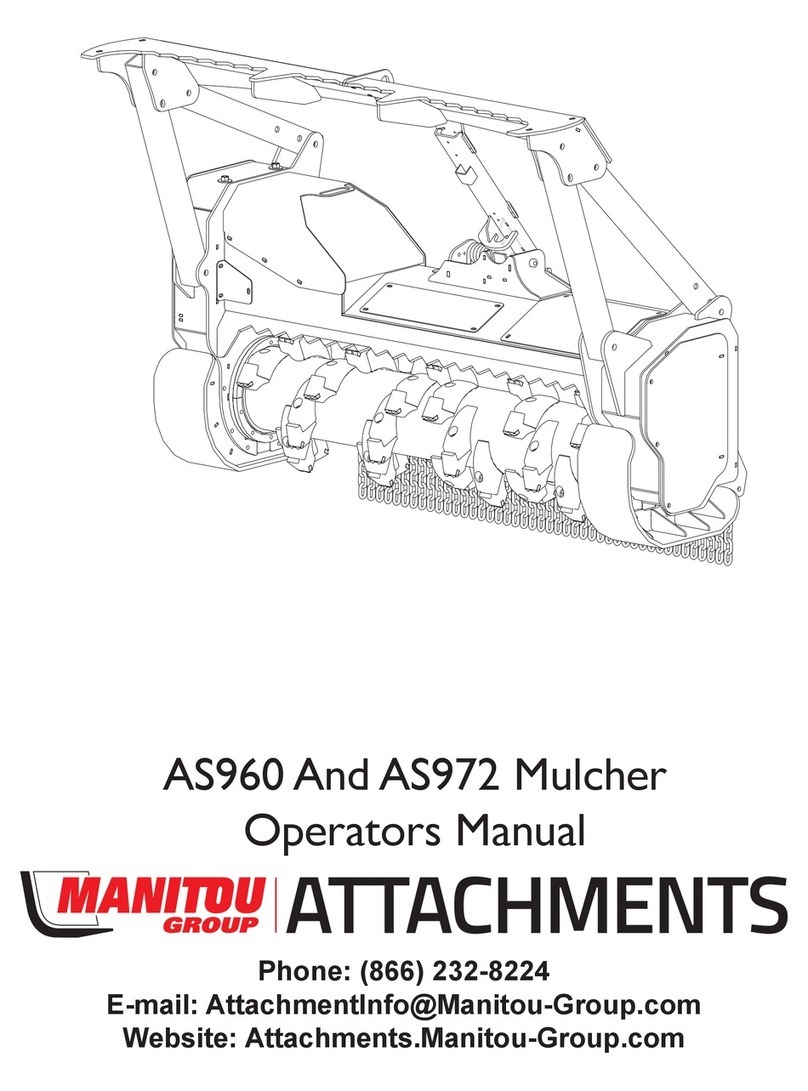Contents
1 Basic information. ..............................................................................................................3
2 Foreword.............................................................................................................................4
2.1 General warnings........................................................................................................4
3 Operation safety..................................................................................................................5
3.1 Safety regulations. ......................................................................................................5
3.2 Declared and guaranteed noise and ibration alues..................................................6
3.3 Safety pictographs. .....................................................................................................6
4 Use, technical specifications and technical description of the machine.............................7
4.1 Machine use................................................................................................................7
4.2 Technical specifications..............................................................................................8
5 Instructions for use. ............................................................................................................9
5.1 Machine assembly. .....................................................................................................9
5.2 Putting into operation. ..............................................................................................10
5.3 Starting the cutting blade..........................................................................................10
5.4 Machine tra el. .........................................................................................................11
5.5 Machine stop.............................................................................................................12
5.6 Working with the machine........................................................................................12
5.6.1 Working width of the machine. ........................................................................12
5.6.2 Adjustment of cutting height of the machine with leading wheel....................13
5.6.3 Adjustment of cutting height of the machine with slide shoe ..........................13
5.6.4 Sward cutting....................................................................................................14
5.6.5 Problems at cutting. ..........................................................................................14
6 Maintenance, care and storage..........................................................................................15
6.1 Machine lubrication..................................................................................................15
6.1.1 Gear oil change and replenishment. .................................................................15
6.1.2 Engine oil replacement. ....................................................................................16
6.1.3 Table of machine lubrication............................................................................16
6.2 Tightening of bolted connections. ............................................................................17
6.3 Working blade replacement and sharpening.............................................................17
6.4 V-belt replacement and adjustment of tightening pulley..........................................18
6.5 Adjusting the wires of pulley, brake and wheel dri e clutch. ..................................20
6.6 Diagnostics of dri ing problems...............................................................................21
6.7 Table of ser ice operations.......................................................................................21
6.8 Washing and cleaning of the machine......................................................................22
6.9 Machine storage........................................................................................................23
6.10 Disposal of packaging and machine after the end of ser ice life. ............................23
7 Instructions for ordering spare parts.................................................................................23
8 Contact to manufacturer. ..................................................................................................23
9 The list of parts.................................................................................................................23
10 Letter of Guarantee...........................................................................................................36
Text and illustrations c 2006 VARI,a.s.
Publication No. VL-116-2006
